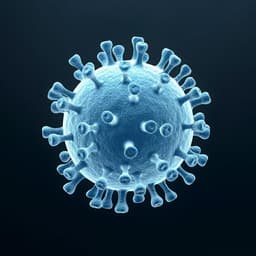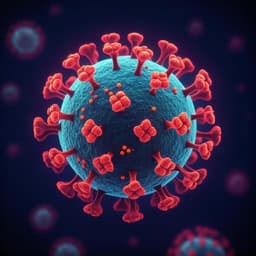
Medicine and Health
A cross-sectional analysis of meteorological factors and SARS-CoV-2 transmission in 409 cities across 26 countries
F. Sera, B. Armstrong, et al.
Conflicting evidence on weather's influence on COVID-19 has emerged from a study analyzing 409 cities across 26 countries. Researchers discovered that government interventions played a significant role in transmission rates, overshadowing the impact of temperature changes. Join Francesco Sera and his esteemed colleagues as they unravel the real drivers behind COVID-19 spread.
~3 min • Beginner • English
Related Publications
Explore these studies to deepen your understanding of the subject.







